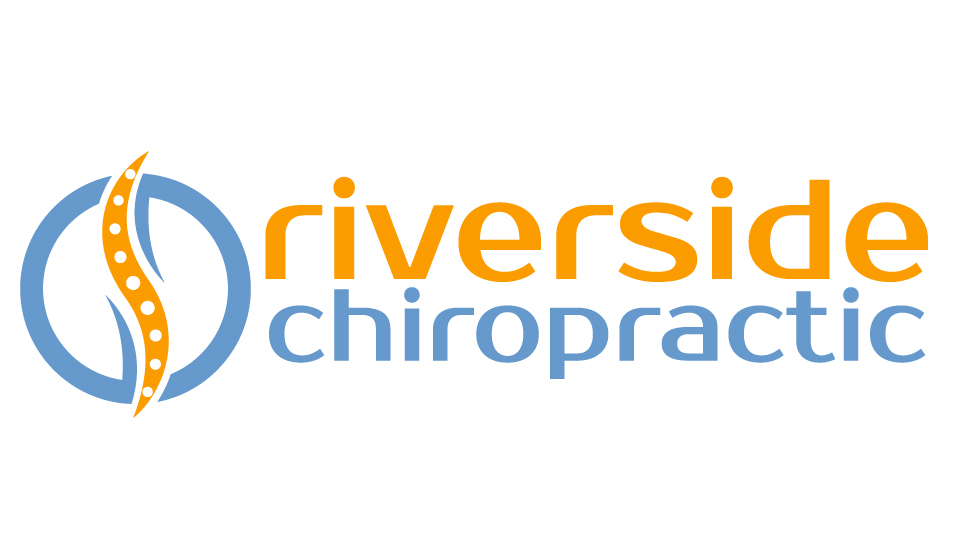In an era where digital devices are an integral part of our children's education and entertainment, it's crucial to understand how the setup of these devices can impact their physical health. At Riverside Chiropractic, we've seen a significant increase in children experiencing neck and back pain, headaches, and even signs of early spinal degeneration, often linked to poor posture from incorrect device setup. This comprehensive guide is designed to help you as parents make informed decisions to safeguard your child’s health.
The Hidden Dangers of Poor Device Setup
When a child uses a device with a setup that doesn't support proper posture, it can lead to a range of physical ailments. The most common issues include:
- Slumped Posture: Sitting for long periods without proper back support encourages slumping, which strains the neck and back muscles.
- Neck and Back Pain: Incorrect screen height or distance causes the child to lean forward or look down, leading to strain on the neck and back.
- Headaches: Poor posture can increase tension in the neck muscles, often leading to tension headaches.
- Spinal Degeneration: Over time, poor posture can lead to premature wear and tear on the spine, a condition known as spinal degeneration.
Step-by-Step Guide to Proper Device Setup
- Chair and Desk Ergonomics: Ensure your child sits in an ergonomically designed chair that supports the natural curve of the spine. The desk should be at a height where your child's feet rest flat on the floor, and their arms can comfortably use the keyboard with their shoulders relaxed.
- Screen Positioning: The top of the computer screen should be at eye level. This positioning helps keep your child’s head in a neutral position, reducing strain on the neck.
- Keyboard and Mouse Placement: Place the keyboard and mouse within easy reach. Your child's elbows should be at a 90-degree angle when using them.
- Regular Breaks: Encourage your child to take short breaks every 30 minutes to stretch and walk around. This habit helps reduce muscle fatigue and eye strain.
- Correct Posture Reinforcement: Teach your child the importance of sitting back in their chair with their feet on the ground and avoiding leaning forward towards the screen.
The Long-Term Benefits
By implementing these simple yet effective setup tips, you can help ensure that your child maintains a healthy posture, reducing the risk of developing chronic neck and back pain, and safeguarding their spine as they grow. Good posture goes beyond physical health; it can improve concentration, enhance mood, and boost overall well-being.
As a dedicated chiropractor with a passion for promoting spinal health, I understand the importance of taking proactive steps to protect our children's physical well-being in this digital age. Remember, small changes in their daily habits can have a profound impact on their long-term health. At Riverside Chiropractic, we're always here to help and advise on how best to support your child's spinal health.
For more tips and personalised advice, feel free to reach out to us or visit our clinic. Let's work together to ensure our children grow up healthy and strong in a world where technology is ever-present.


